OTA Broadcast Reception Monitoring for ATSC 3.0
How Sinclair's WWHB host station in West Palm Beach monitors NextGen TV signals
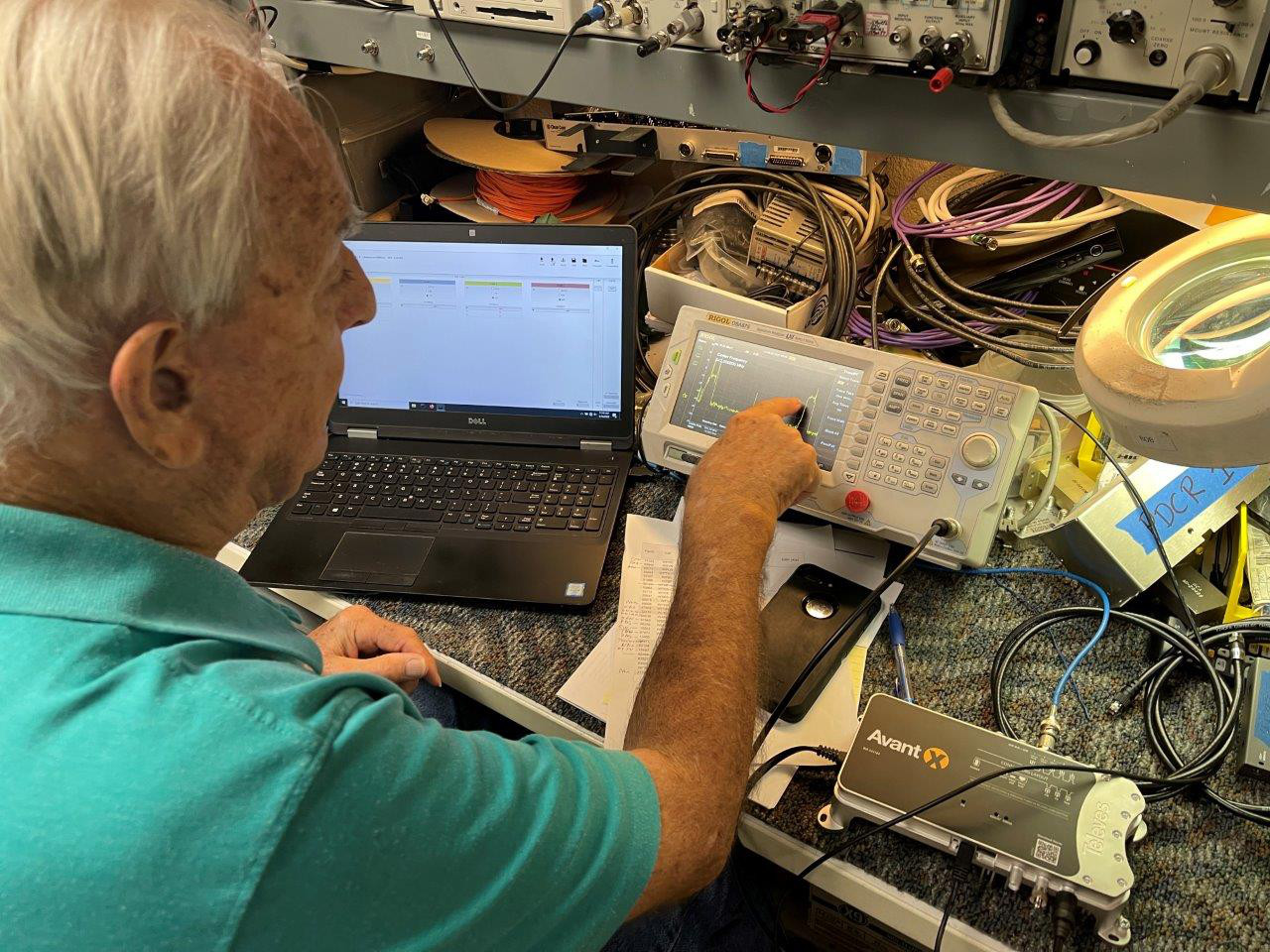
The Sinclair Broadcast Group station cluster in West Palm Beach, Fla. is a very active campus with four TV stations: WPEC, WTVX, WTCN and WWHB. We also produce newscasts for our sister station WGFL in Gainesville, and are home to the Network Operations Center for nationally distributed Sinclair networks, Comet, Charge! and TBD.
Early in 2022, Spanish language Azteca affiliate WWHB was selected to be the host station for the West Palm Beach market’s NextGen TV rollout. This meant WWHB would transition away from broadcasting in the traditional ATSC 1.0 format and move exclusively to ATSC 3.0.
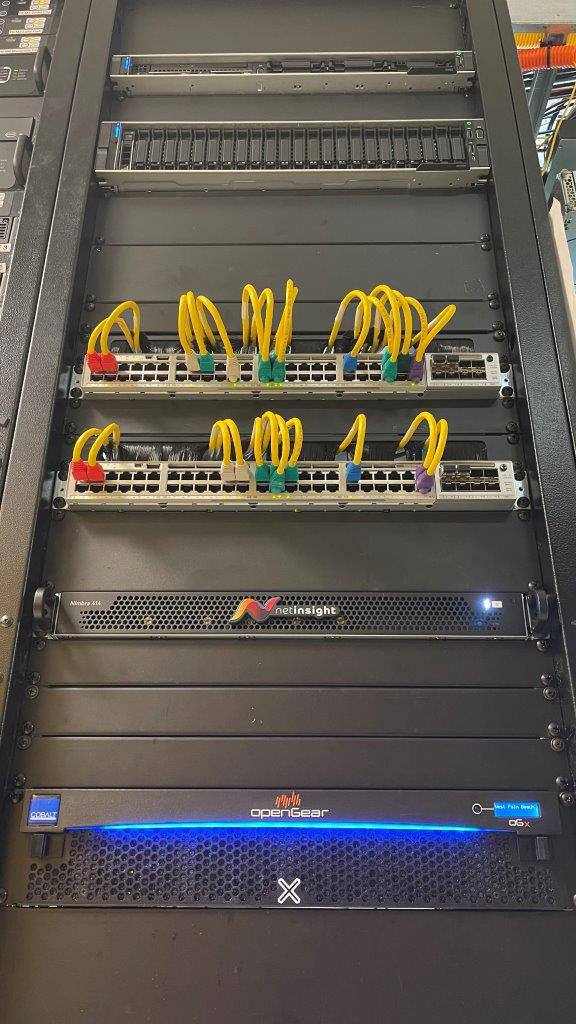
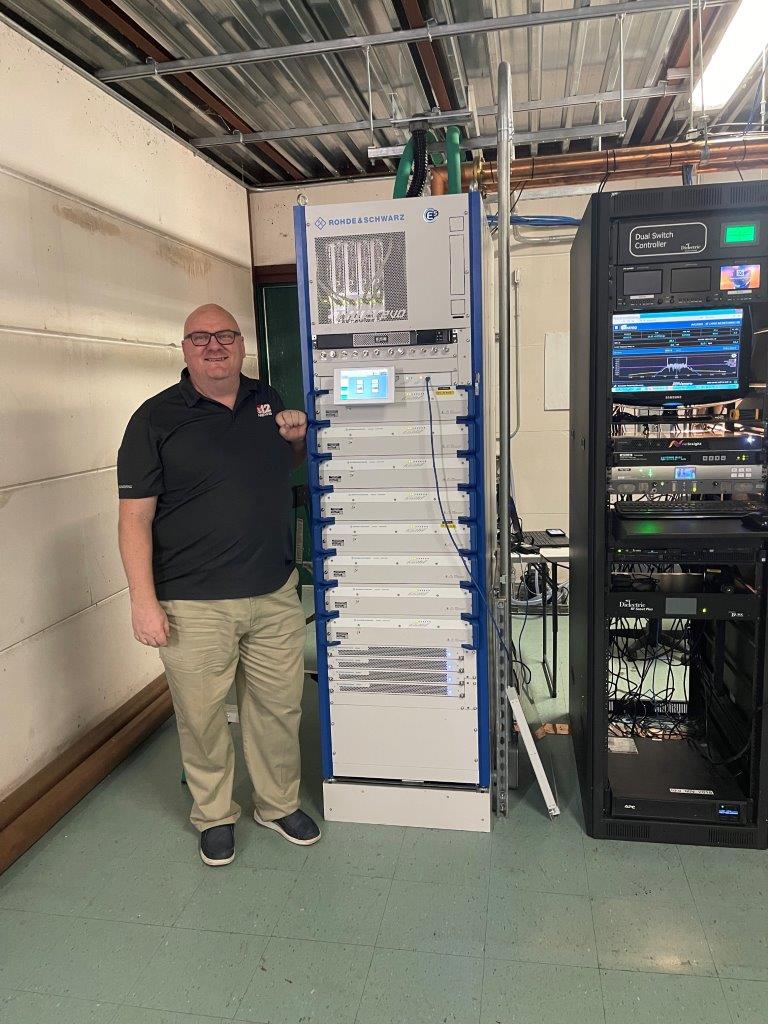
While an exciting project to undertake, this would involve many changes in how we deliver content to viewers. Fortunately, we developed a unique partnership among the station groups in our market led by our partners at One Media.
In collaboration with E.W. Scripps, Gray and Hearst, Sinclair’s WWHB would serve as the host carrying everyone’s main programming. This meant CBS, ABC, FOX, NBC, and Azteca signals would transmit together as never before in the new format.
Transparent to Viewers
Through our partners at LTN Global, all the local stations would send their main program feed to the WPEC facility for OTA transmission. The partnership also included an agreement that traditional ATSC 1.0 programming previously broadcast on WWHB would be shared across those different stations as additional subchannels. Again, LTN Global provided the transport mechanism to deliver our outbound programming to the other stations in the market.
PSIP information remains the same so WWHB’s viewers never know the difference. We control the programming here in the WPEC campus, but the content is transmitted on four different stations in ATSC 1.0 format. Confused? It gets better…
We now needed to monitor our content delivered across multiple stations throughout the West Palm Beach area to maintain compliance and quality control. Accomplishing that required major changes to our existing receive system.
Shown below is the station’s tower-mounted receive antenna system. One UHF Paraflector antenna pointing North, a VHF Log Periodic looking South and a smaller UHF Log Periodic also pointed South.
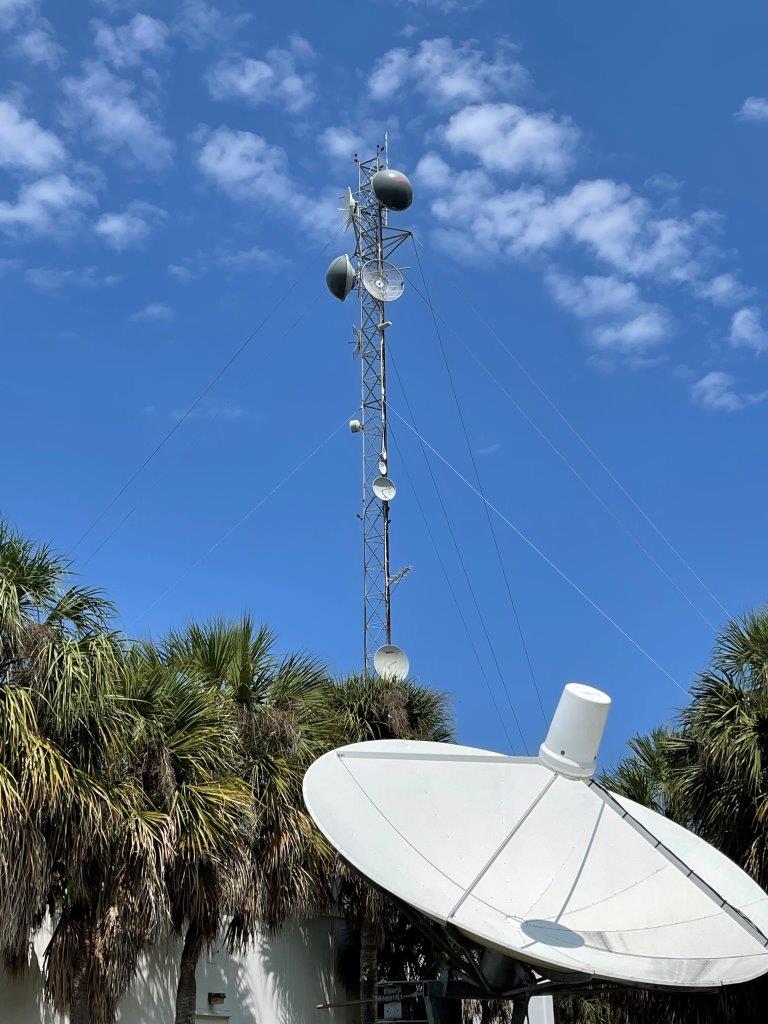
At the studio tower base, all three antenna signals are combined and processed so that a uniform level can be distributed via underground fiber directly to the Master Control Hub for over-the-air monitoring and to our in-house cable system for distribution across the campus.
Get the TV Tech Newsletter
The professional video industry's #1 source for news, trends and product and tech information. Sign up below.
This was accomplished using multiple tuned-cavity filters, passive attenuators, and some fancy RF plumbing. Once the signals were filtered and processed, they were fed into an RF signal combiner where they were re-mixed for amplification into the fiber transmitter.
Not surprisingly, that complicated and unwieldy arrangement was inherently lossy and resembled a science experiment gone awry despite our best efforts at cable management.
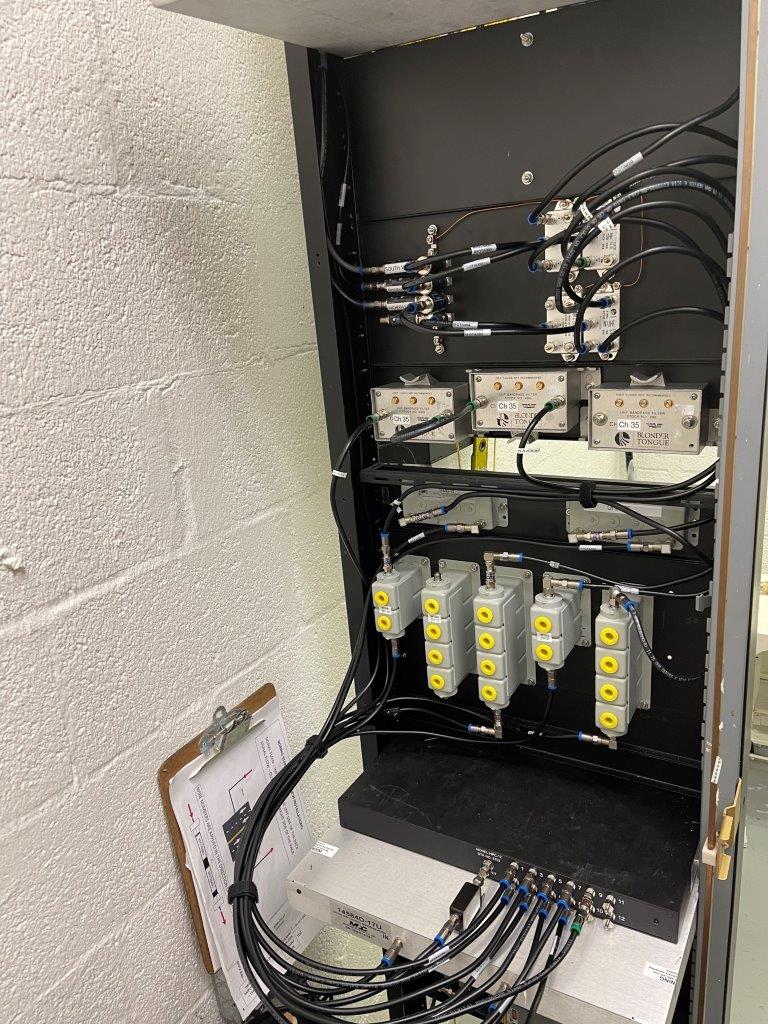
'Swiss Army Knife'
As part of the ATSC 3.0 rollout, we were issued a new signal analyzer from One Media—the Hexylon, which is a veritable “Swiss Army Knife” developed by GSERTEL/TELEVES in Spain.
For us here at WPEC, the Hexylon became a vital tool to analyze, verify and document multiple signals across a wide variety of transmission formats—everything from multicast UDP to STLTP, QAM, ATSC 1.0, as well as ATSC 3.0 and a lot more. Because this was a new piece of equipment, we got factory training from instructor Javier Ruano who showed us how to use its features.
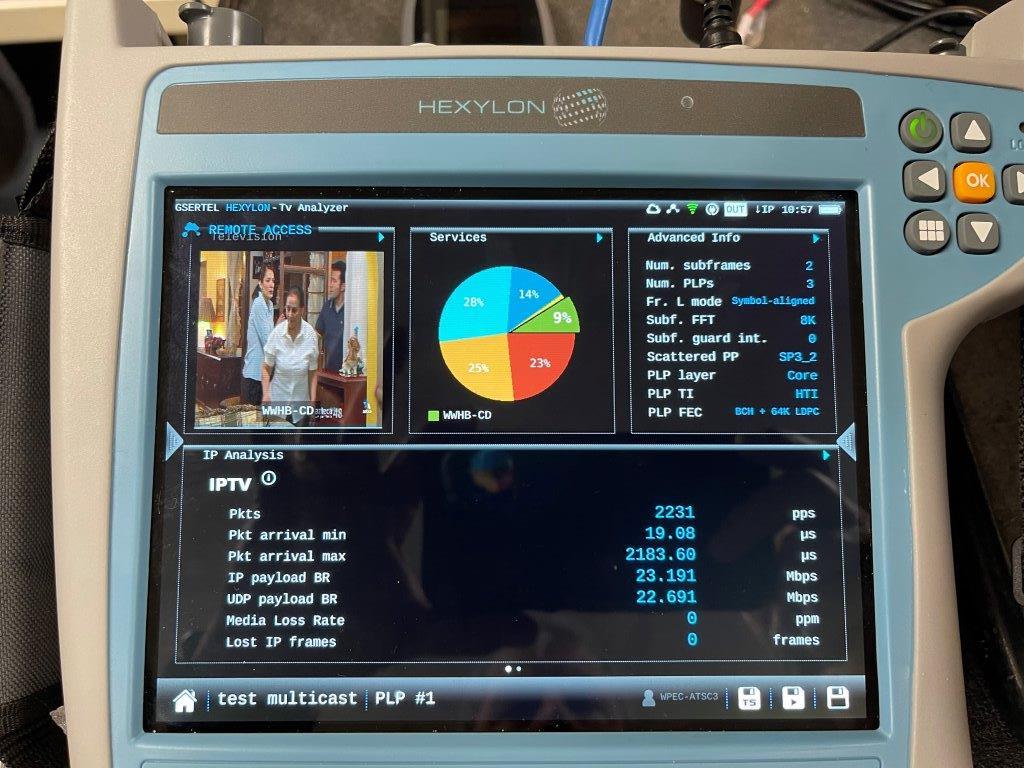
That instruction session led to a series of discussions between Javier and the engineers at WPEC. In one conversation, Javier mentioned using AVANT X, a product which sounded tailor-made for our OTA reception challenge.
I wanted a second opinion, so I called Jon Kipp at TONER CABLE who further explained the features of the AVANT X in depth. We decided to put it to the test. Senior Engineer Bob Blauvelt and I put the AVANT X through its paces, and we were impressed!

AVANT X can input up to four separate OTA RF signals, along with a dedicated input for traditional QAM cable channels and another for FM radio. It processes each of those inputs and allows the user to adjust the independent gains and filtering. The user can eliminate unwanted channels, reconfigure channel assignments and selectively adjust overall gain to produce a uniform response across the spectrum.
The output section boasts a whopping +55dB of gain and is suitable as a launch amplifier. After we benched the unit for a week, we made plans to completely overhaul the receive system and replace all the passive components with the AVANT X. After a few days laying out blank rack panels and punching holes with the drill press, we had all the components mounted and ready to install.
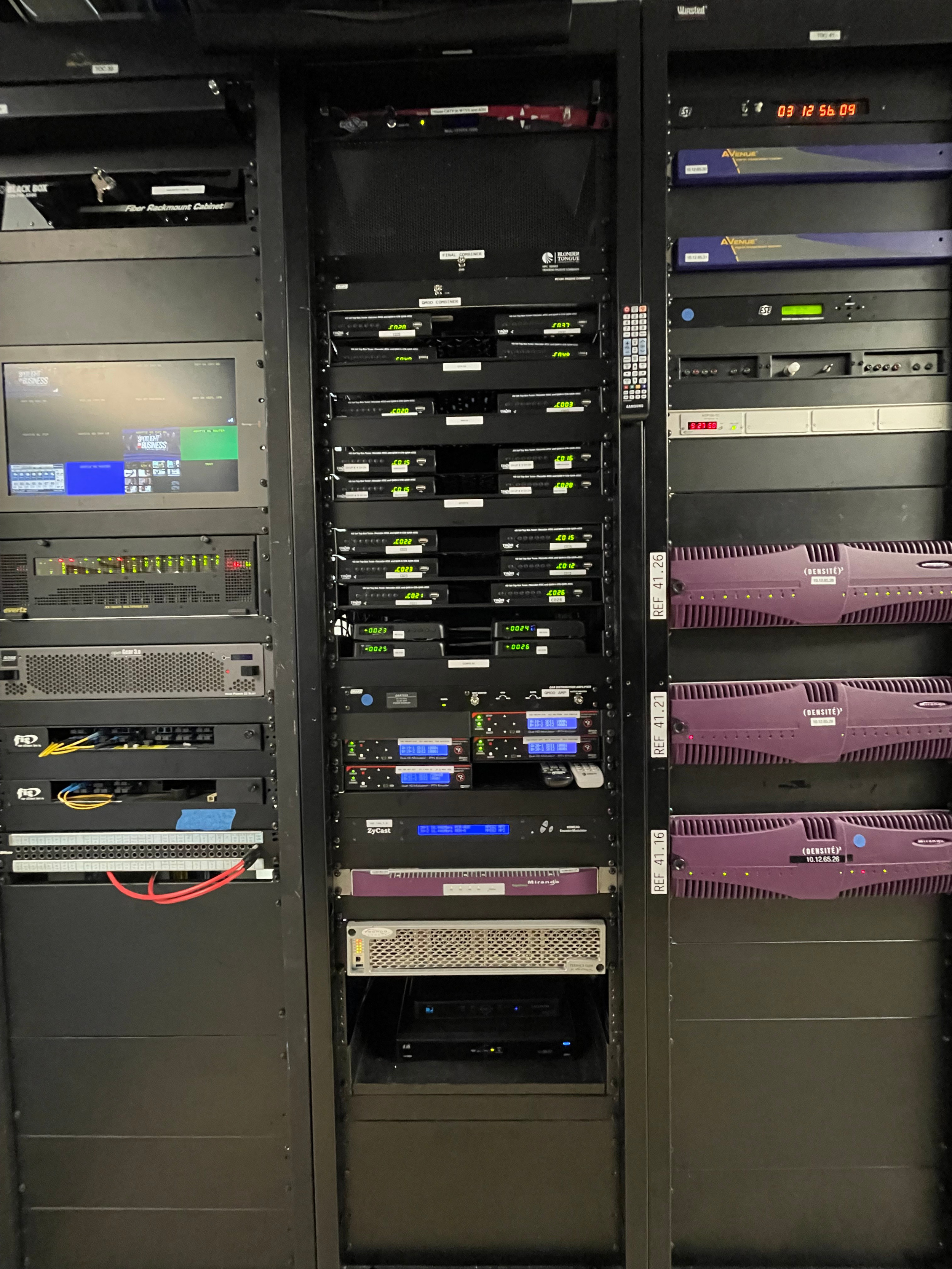
There’s a lot of cellular data and other RF interference in our area, so we added TONER CABLE’s 606 LTE filters to each feed just to be on the safe side. Because we wanted to incorporate signals from the Miami stations, which are 90km to the south, we included a pair of Channel Master preamps to give us better signal-to noise to work with.
Apart from the front-end gear, all we really needed was the AVANT X. We got rid of all the multiple cavity filters, passive attenuators, and lossy combiners. Installation took just a few hours and immediately eliminated all the reconfiguring, tweaking and downtime required by our previous “science experiment.” We filtered out and re-introduced two signals out of Miami as a separate input on the AVANT X so we could better align them, and the results were remarkable.
For reference we measured the raw output of each antenna as shown below:
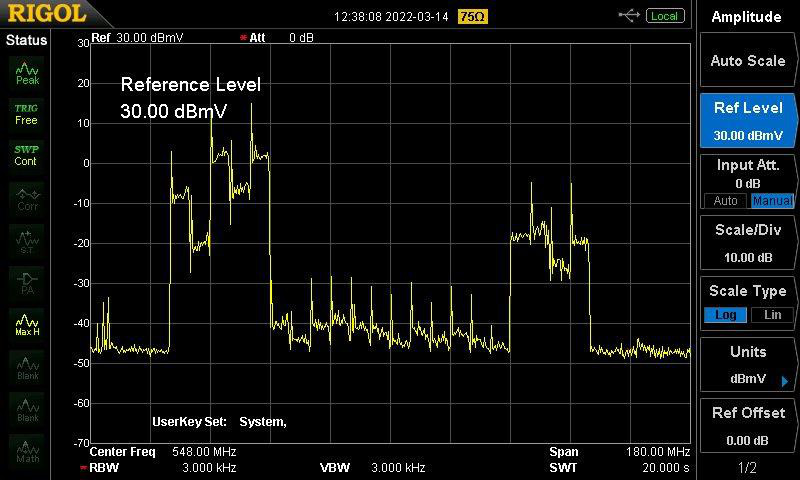
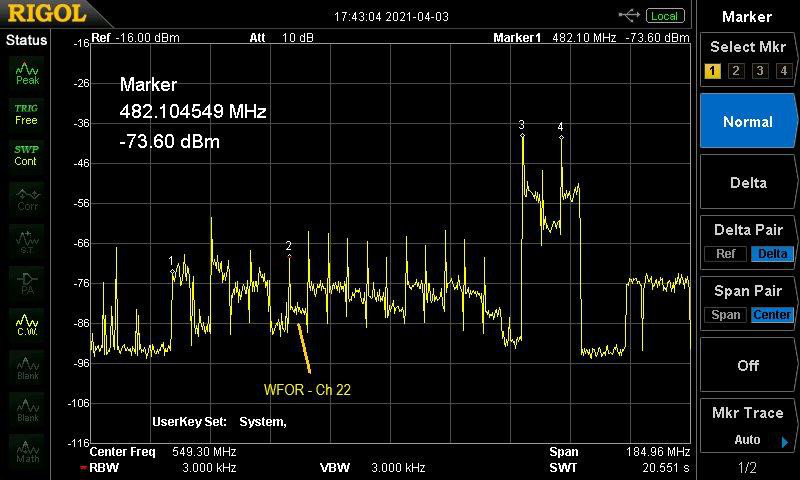
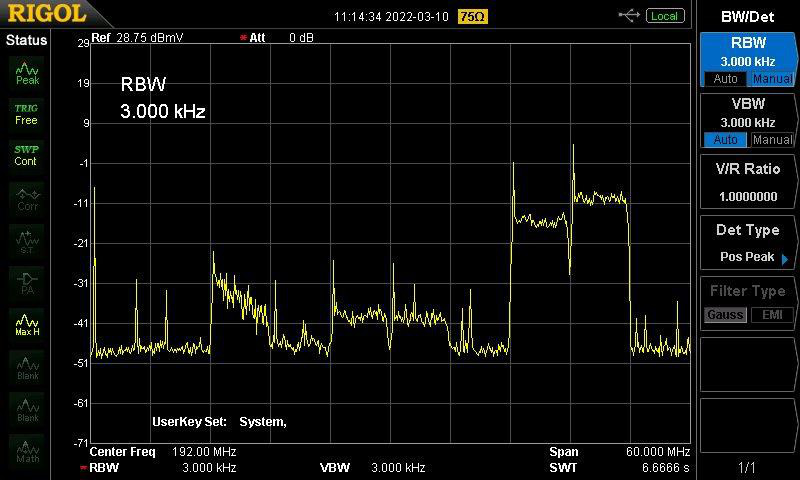
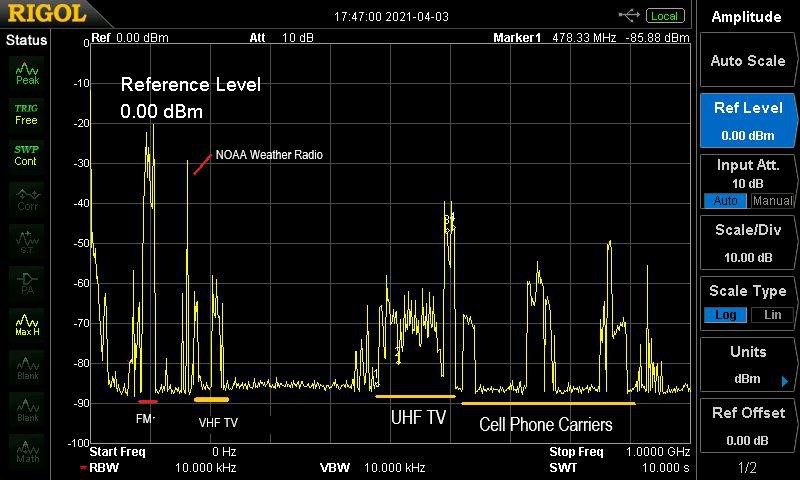
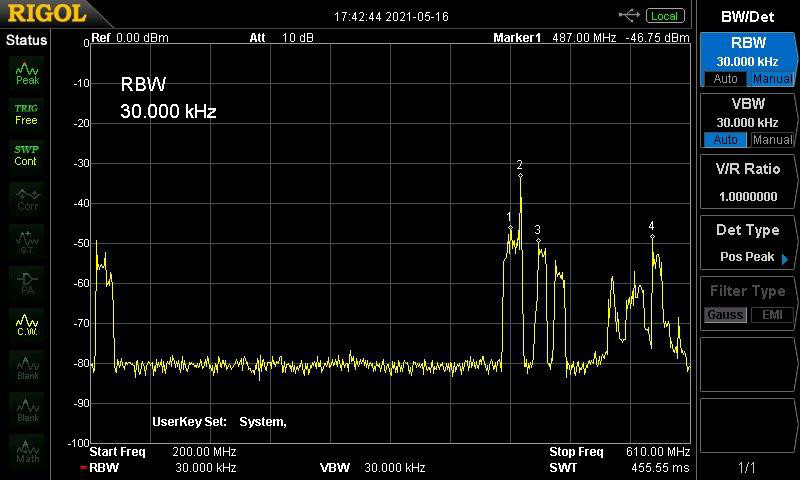
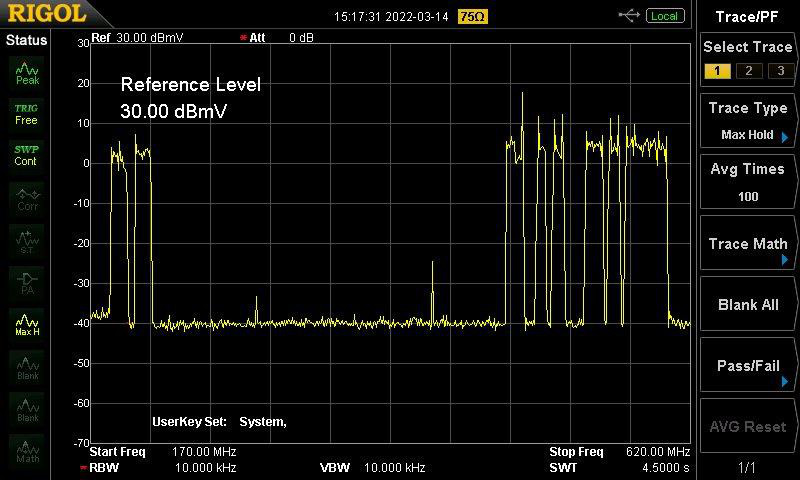
On the studio side, we distribute more than 90 television channels throughout the WPEC campus using our in-house cable system. We modulate our own QAM channels using the Sencore OMNI 16. The channel lineup also includes 50 cable channels from a Vecima Hospitality Encoder provided to us by Xfinity.
Internal Distribution
With the NextGen TV format now available, we wanted to incorporate the ATSC 3.0 signal for internal distribution to offices and conference rooms equipped with NextGen receivers. Sadly, the frequency for ATSC 3.0 Channel 33 was already in use in the QAM system, so we put a second AVANT X in line. This allowed us to regroom a copy of the ATSC 3.0 signal and slip it between a gap in the QAM signals on Channel 12 as shown below.
Grooming the ATSC 3.0 Channel 33 to In House Channel 12 resulted in a bit of adjacent channel spillover from active channels 32 and 34. By allowing a 6MHz band on either side of the inserted channel, we were able to avoid any cross-channel interference. The original Channel 33 signal remains unaltered for test and QC on a separate feed, while the new channel copy is inserted into the larger system for distribution throughout the campus.
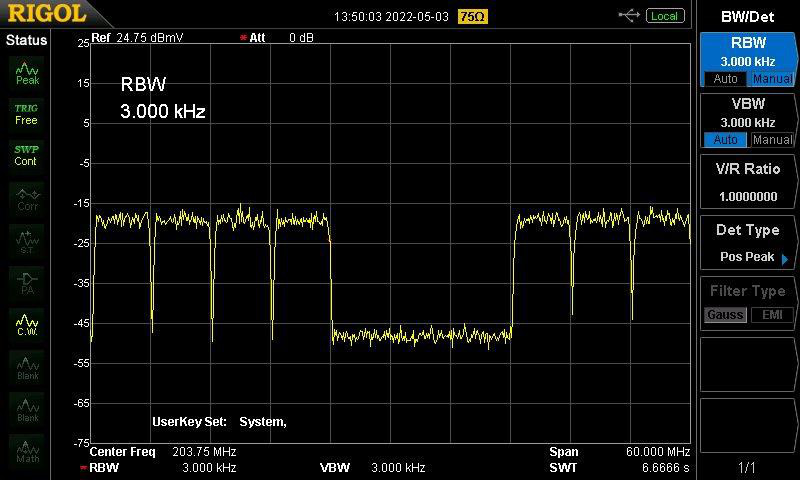
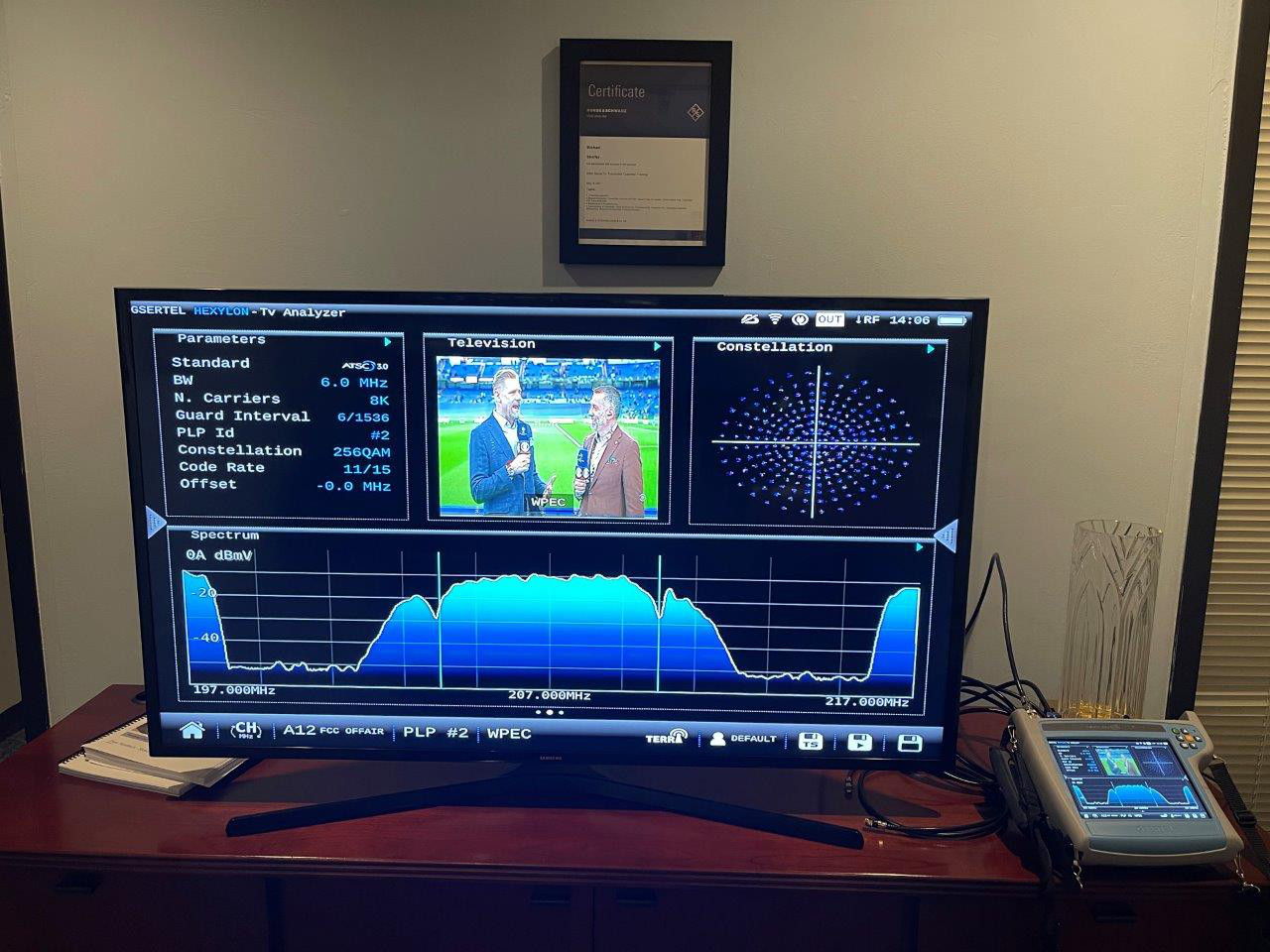
Overall, we were highly impressed with the performance and features of the AVANT X. The folks at TONER CABLE and TELEVES have been great to work with and I am grateful to Javier Ruano and Jon Kipp for their help and assistance through the project. The AVANT X has proven to be an affordable, simple and elegant solution for those who need to accurately monitor over the air television signals In a professional or even residential environment.
Mike Sheffer is Director of Engineering, Sinclair Broadcast Group Stations in West Palm Beach, Fla.

